How to Babyproof Your Yard
http://decor-ideas.org 04/08/2014 22:25 Decor Ideas
Parents often focus their babyproofing efforts on the interior of their homes, but experts advise not to overlook outdoor spaces. Backyards present quite a few hazards for babies and small children — and some hazards are less obvious than others. For instance, swimming pools pose an obvious threat, but common objects found in many yards can be choking hazards, too.
Anne Marie Radel, a babyproofing expert at Safer Baby, has some tips on keeping our fearless explorers out of harm’s way. Of course, these preventative measures will help lower the risk of an accident, but no amount of childproofing is a substitute for the watchful eye of a parent.
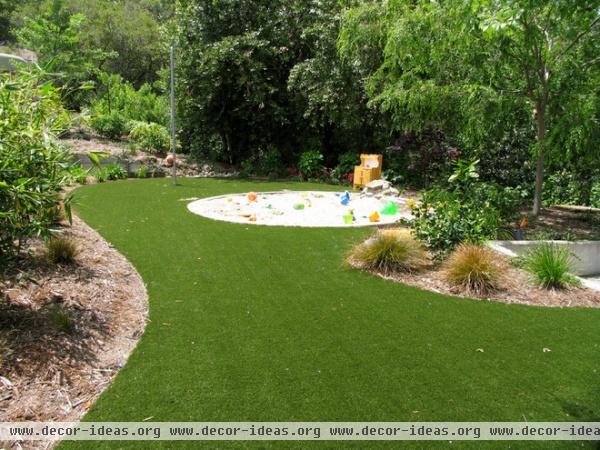
Provide soft landings. Ideal ground covers for play areas are soft and cushioned. Avoid pea gravel at all cost — the pieces are the perfect size for choking. Radel recommends grass, fake grass and padded foam because they cushion falls; hard surfaces like concrete and brick are much less forgiving.
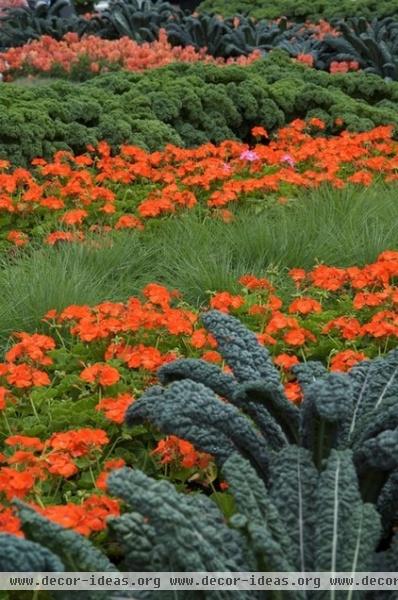
Avoid dangerous plants. Consult a gardener or horticulturist for how to steer clear of dangerous plants in your yard, including:
Toxic plants (mushrooms, oleander)Prickly plants (roses, bougainvillea, cactus)Plants that bear small fruit (berries, olives)Radel notes that berries and olives, like pea gravel, are choking hazards because of their size.
In an interview with the Los Angeles Times, a representative from the San Diego Regional Poison Center advises parents to search their lawns for mushrooms every day before sending their kids out to play. Mushrooms, the rep says, are one of the top plants ingested by small children that send them to the emergency room.
Also, before allowing children outdoors, confirm that fertilizers and insecticides are safe during application and afterward.
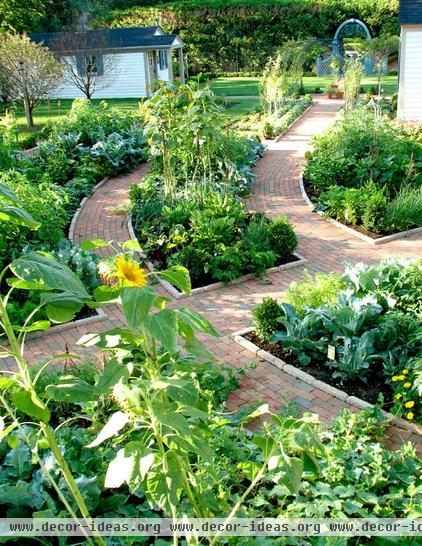
Consider planting more edibles. Plant more vegetables, fruits and herbs; most are considered nontoxic and safe for curious children to ingest.
Guides to growing your own fruits and vegetables
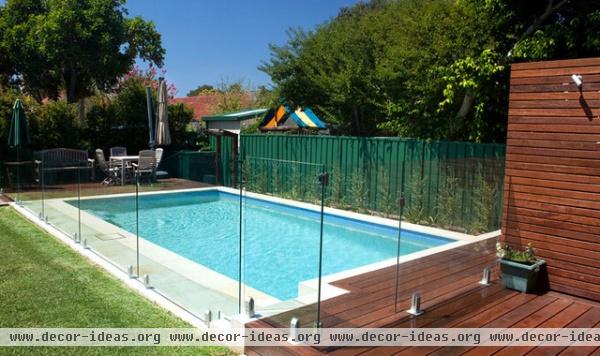
Install a barrier to block access to water features. Radel suggested a minimum height of 5 feet for a barrier surrounding any water feature, including swimming pools, hot tubs and fountains. The barrier should be anchored to a stable base.
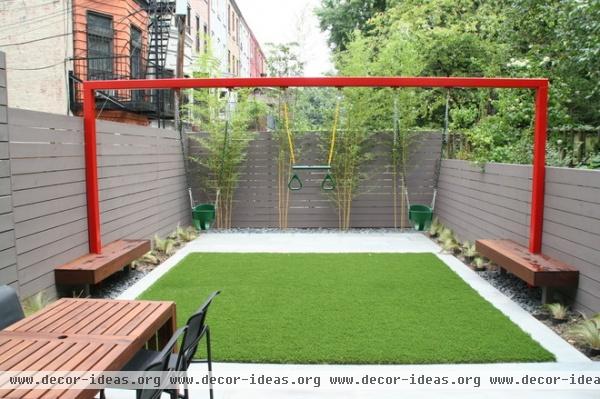
Check that playground equipment, swings and climbing structures are sturdy. Nothing should wobble or teeter. Make sure everything is anchored properly and double check after a hard rain that nothing has come loose in softened soil.
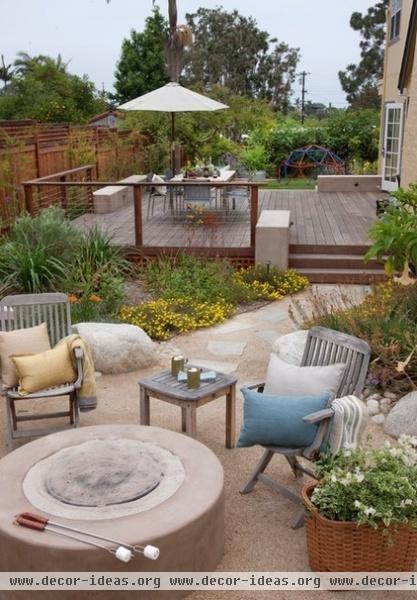
Use sand, not glass pieces, in fire pits. Radel recommends using silica-free sand in fire pits instead of glass pieces. Children find the glass pieces attractive because of their bright color and shine, and Radel says they’re yet another choking hazard.
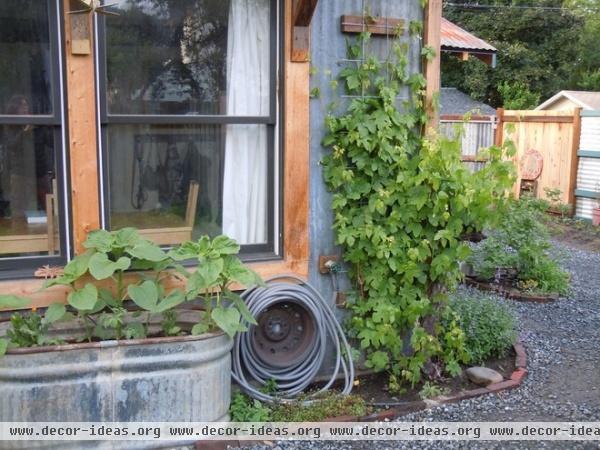
Store garden hoses out of the sun. According to the University of Michigan Health Services (UMHS) website, water heats up when sitting in a hose exposed to the sun to temperatures that can scald a child. Make sure you keep your hose secure, especially during hot months.
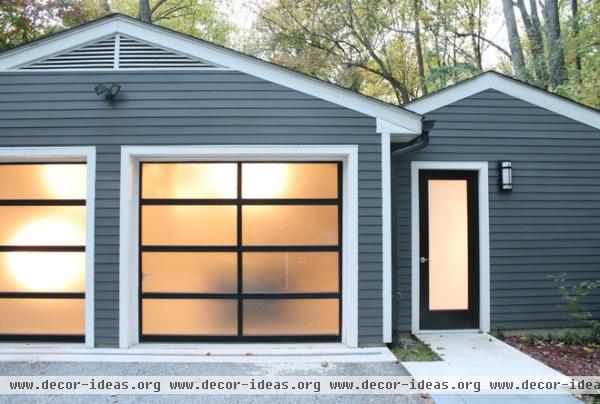
Check your automatic garage door opener. The UMHS recommends testing the functionality of your automatic garage door periodically: Make sure it reverses, is well balanced and operates smoothly.
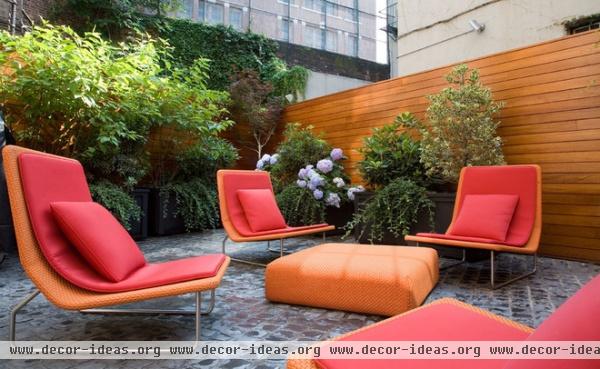
Cushion sharp corners in architecture and outdoor furniture. Babyproof your outdoor living room the same as you would your indoor living room; padded seating with rounded corners and a plush ottoman are a safe bet in both rooms.
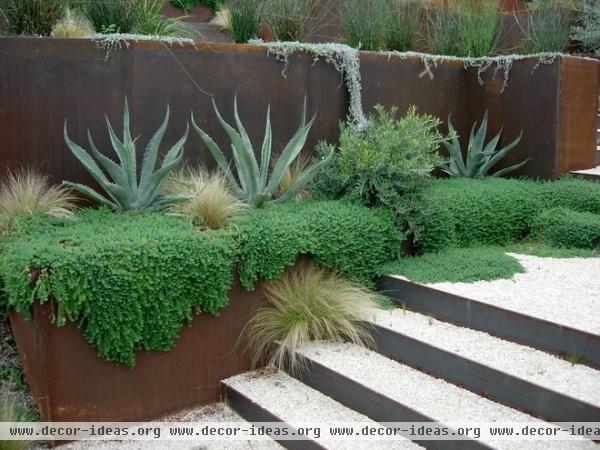
Use plants to soften sharp edges. The plants creeping over the edge of this metal retaining wall also soften the sharp edge.
More: How to Childproof your Home: Expert Advice
Related Articles Recommended












